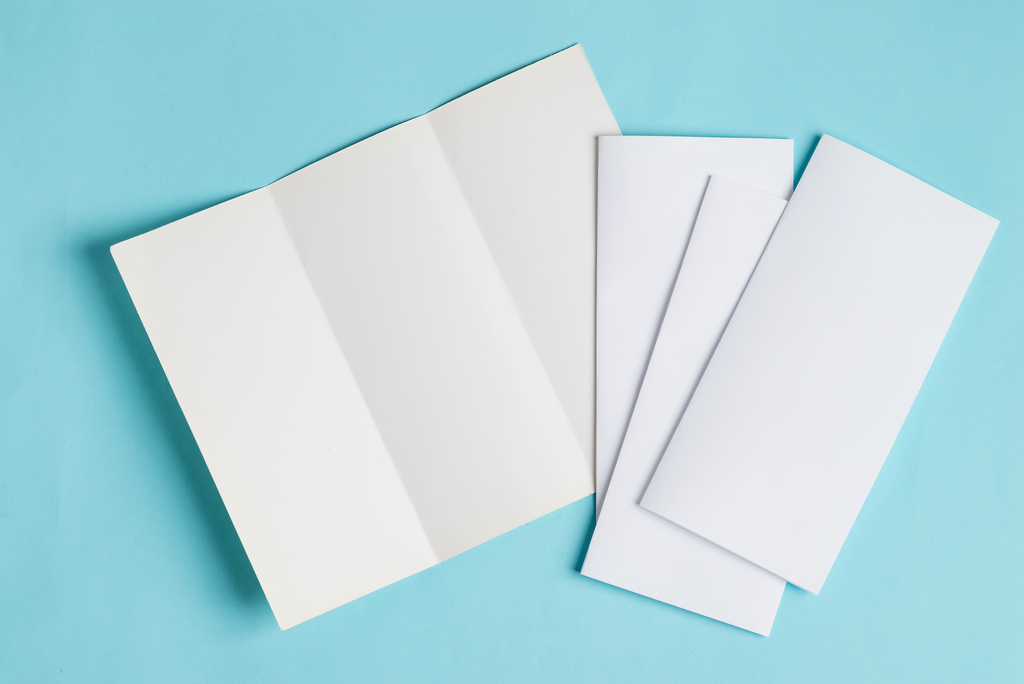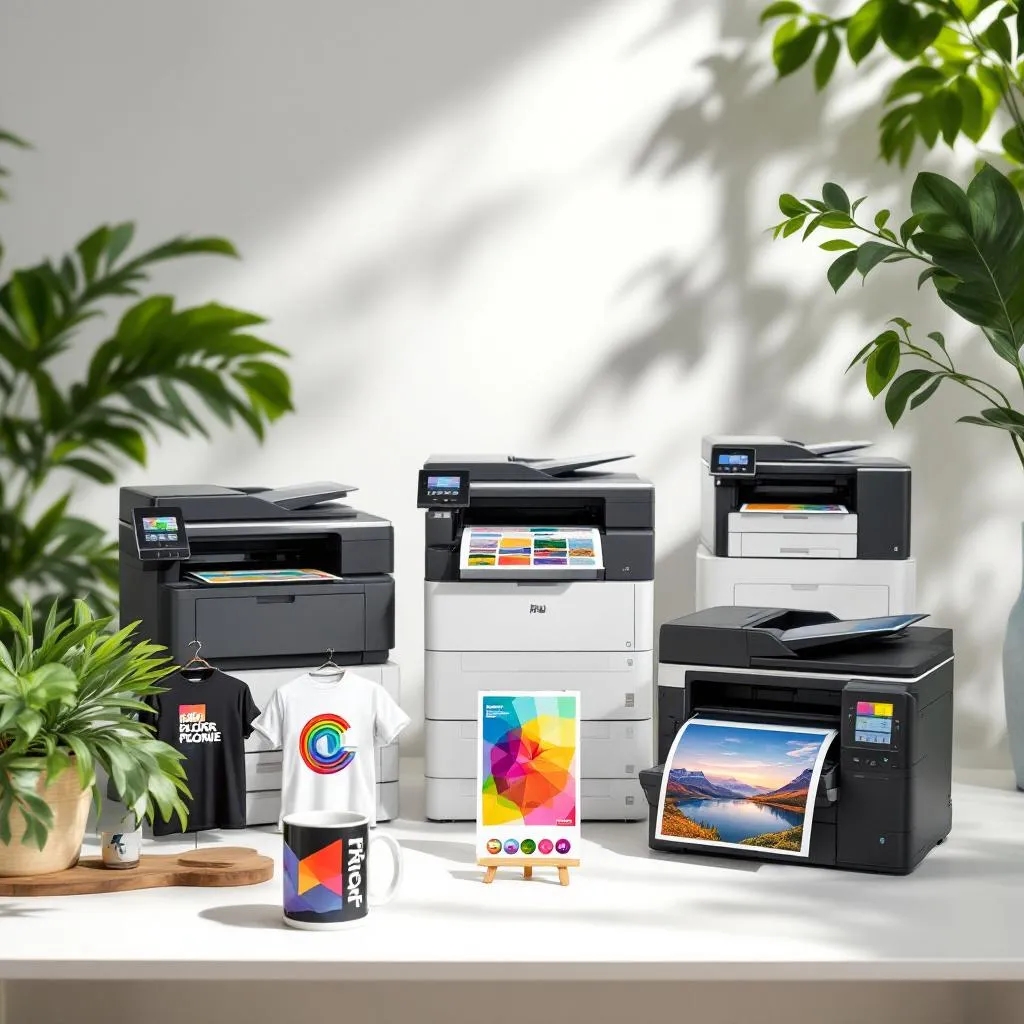Your Complete Guide to Choosing Paper for Brochure Printing
When it comes to creating a standout brochure, the design, content, and visuals are only part of the equation. The type of paper you choose can make or break your project’s success. This guide will help you explore the various types of paper for brochure printing and how to select the best one for your needs.
Why Paper Choice Matters for Brochures
The paper you select directly impacts how your brochure feels and looks. A well-crafted brochure printed on high-quality paper exudes professionalism and leaves a lasting impression on your audience. Conversely, poor paper choices can make even the most stunning design fall flat.
Understanding Paper Basics
Paper Weight
Paper weight, often measured in GSM (grams per square meter), determines the thickness and sturdiness of the paper. Common weights for brochures include:
- 70-100 GSM: Lightweight and economical, suitable for mailers.
- 120-200 GSM: Midweight paper, ideal for most brochures.
- 250+ GSM: Heavier paper for premium brochures.
Paper Finish
The finish of the paper impacts its texture and shine:
- Glossy Finish: Reflective and vibrant, great for brochures with colorful images.
- Matte Finish: Smooth and non-reflective, ideal for a professional look.
- Uncoated Finish: Textured and natural, suitable for eco-friendly brochures.

Popular Paper Types for Brochure Printing
- Coated Paper
- Glossy: Adds vibrancy to colors, perfect for eye-catching designs.
- Matte: A softer look, suitable for minimalist or text-heavy brochures.
- Silk Finish: A balance between gloss and matte, offering subtle shine.
- Uncoated Paper
- Textured paper for a natural feel.
- Ideal for eco-friendly or rustic themes.
- Recycled and Eco-Friendly Paper
- Made from post-consumer materials.
- A sustainable choice for environmentally conscious brands.
Factors to Consider When Choosing Brochure Paper
- Purpose and Audience: A luxury hotel brochure may require thick, glossy paper, while an educational handout can use lighter, matte paper.
- Budget: Heavier and specialty papers often cost more but offer better results.
- Durability: Choose durable paper if the brochure will be handled frequently.

Glossy vs. Matte: Which is Right for Your Brochure?
Glossy Finish
Pros: Vibrant colors, professional look.
Cons: Prone to fingerprints and glare.
Matte Finish
Pros: Elegant and easy to read.
Cons: Colors may appear muted.
Eco-Friendly Options for Brochure Printing
Sustainability is becoming increasingly important. Opting for eco-friendly paper helps reduce environmental impact while appealing to eco-conscious consumers. Look for:
- FSC-Certified Paper: Ensures the paper comes from responsibly managed forests.
- Recycled Paper: Made from post-consumer waste materials.
Triboro Printing offers a range of sustainable printing options, making it easy to align your brochures with your environmental goals. Visit Triboro Printing to explore eco-friendly brochure paper and professional printing services.

Tips for Selecting the Perfect Paper for Your Brochure
- Consult with Your Printer
A professional printer like Triboro Printing can guide you through selecting the best paper based on your design and budget. - Request Samples
Always request paper samples to visualize and feel how your final product will turn out. - Consider Your Printing Technique
Ensure the paper is compatible with your chosen printing method, whether offset or digital.
Conclusion: Make Your Brochure Shine with the Right Paper
Choosing the right paper is essential to create brochures that leave a lasting impact. By considering factors like weight, finish, and sustainability, you can craft brochures that not only look great but also reflect your brand’s values. For expert advice and high-quality printing services, check out Triboro Printing—your trusted partner in bringing your brochure vision to life.




